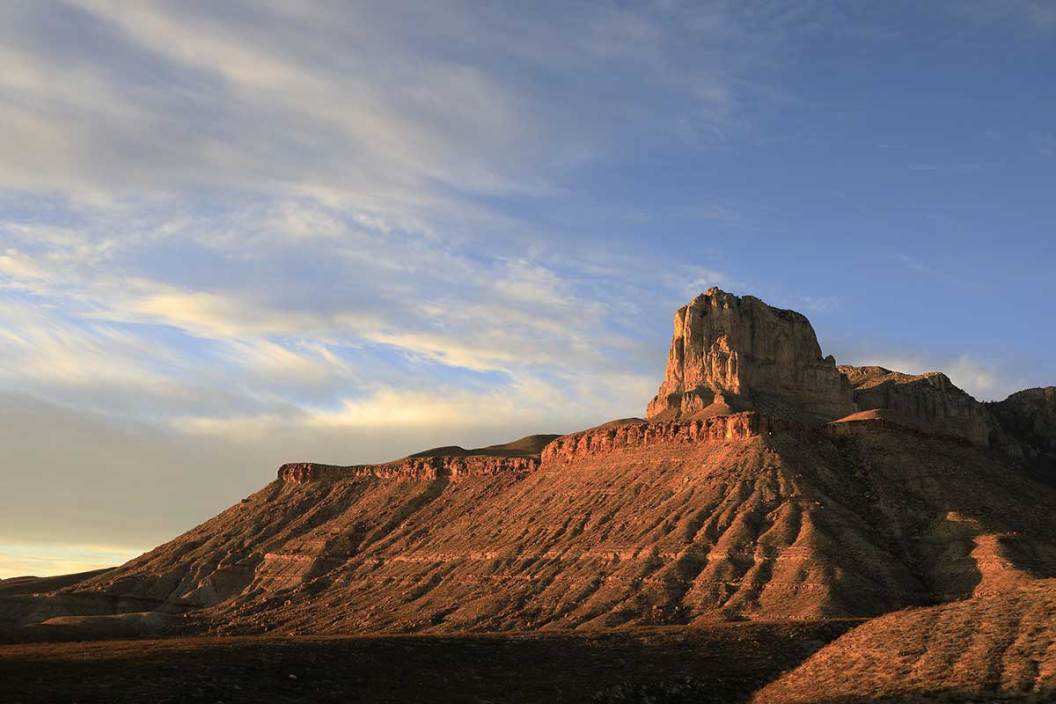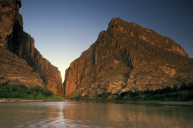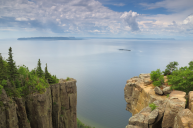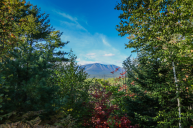Texas is a wide expanse of land, rich with American history and natural beauty. It offers incredible environments from the unique mountain and desert ecosystems of west Texas to the subtropical habitat near Austin. Some of this is showcased in federally protected, publicly accessible parks, recreation areas, and seashores.
These sites, which include hiking trails, fishing, hunting, guided tours, campgrounds, horseback riding, kayaking and float trips, boating, history lessons, and much more have been utilized for everyone to enjoy.
Indeed, there's a lot to see and do in the Lonestar State. A good place to start: These 16 gems, including the two official national parks in Texas, as well as national recreation areas, monuments, preserves, historical sites, and historic trails for visitors to explore.
The National Parks of Texas
Guadalupe Mountains National Park
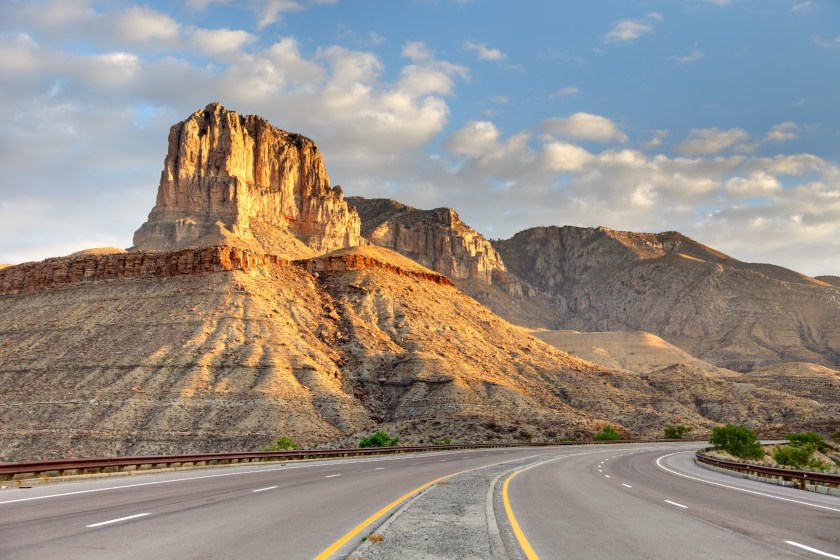
Getty Images, Denis Tangney Jr
One trip to this location near Salt Flat, Texas known as Guadalupe Mountains National Park will only leave you wanting more. It boasts the world's most extensive Permian fossil reef, the four highest peaks in Texas (including the 8,751? Guadalupe Peak), and a view of the truly spectacular Guadalupe Mountains like no other. This is the place where visitors can experience mountains, canyons, deserts, and dunes all at the same time.
Big Bend National Park
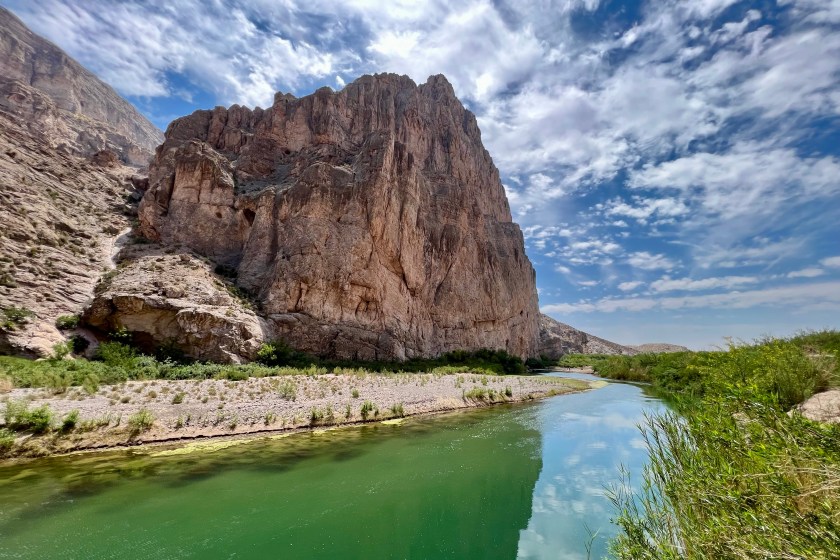
Getty Images, miralex
This spot may be a bit more familiar to some as "The Big Bend of the Rio Grande." This National Park on the border of Texas and Mexico is where outdoor enthusiasts can see birds resting in their sanctuaries, watch the cactus bloom, and encounter a black bear on the same day. It is both mountainous and riparian, a spot where the Rio Grande River has carved its bed out of ancient limestone formations for generations. The beauty of Big Bend can take your breath away, especially on a long weekend backpacking trip.
Beyond the two official National Parks in the Lone Star State, there are some other gems, including state parks, national recreation areas, monuments, preserves, historical sites, and historic trails for visitors to explore.
Alibates Flint Quarries
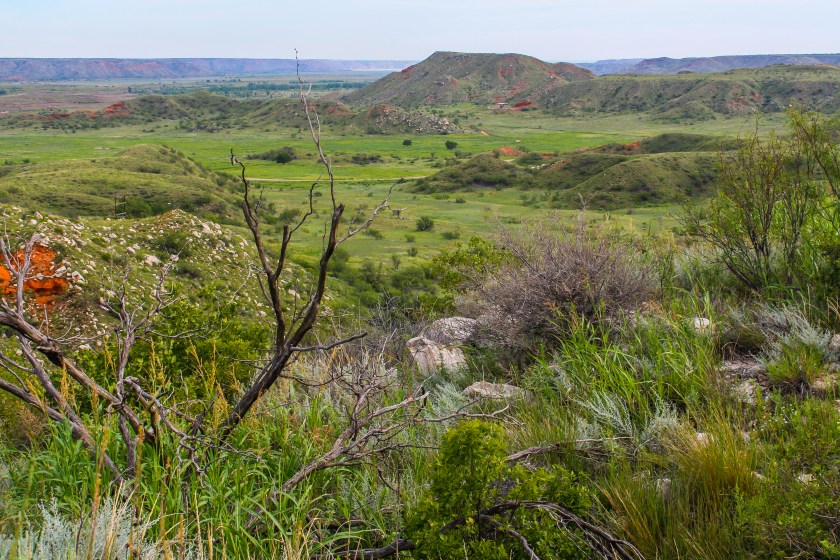
Getty Images, fdastudillo
This national monument site, located in Fritch, Texas, was a spot where mammoth hunters mined for the flint that they used on their hunts 13,000 years ago. A visit to the Alibates Flint Quarries grants you a view of the many colors of the beautiful Alibates Flint that still exists in the Texas panhandle.
Amistad National Recreation Area
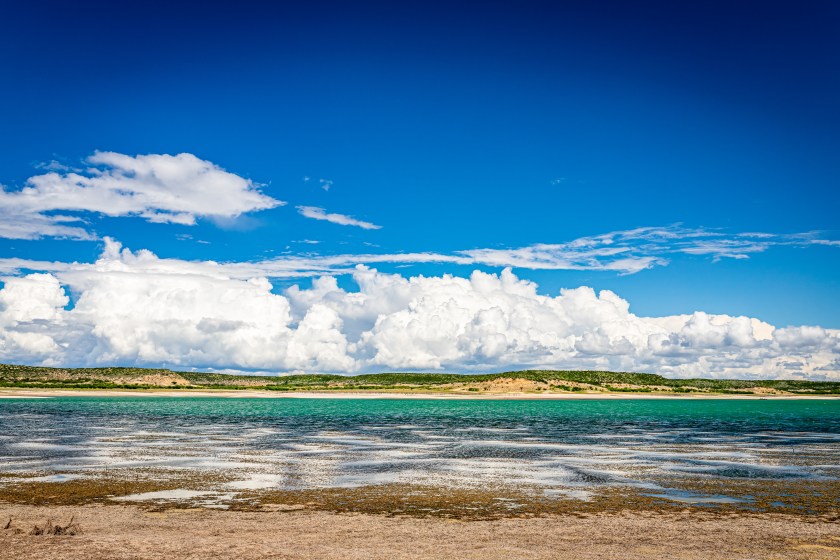
Getty Images, Different_Brian
The Amistad National Recreation Area is considered to be an oasis in the desert. Located in Del Rio, this spectacular pocket of Texas is best known for its water-based recreation, camping, hiking, rock art viewing, and rich cultural history.
Big Thicket National Preserve
Established in 1974, Big Thicket National Preserve protects a biologically significant portion of the Piney Woods of southeast Texas. The Big Thicket Preserve is full of hiking trails and waterways that meander through nine different plush regions, from longleaf pine forests to cypress-lined bayous. The best way to get the full experience is either by foot or by watercraft. The tremendous wildlife biodiversity of Texas is on full display here, with more than 1,000 known plant species calling the preserve home.
There is so much to do at Big Thicket, including fish for a variety of species, hunting deer, hogs, and other animals during the fall and winter hunting season, birdwatching, picnicking, biking, horseback riding, and more.
Chamizal National Memorial
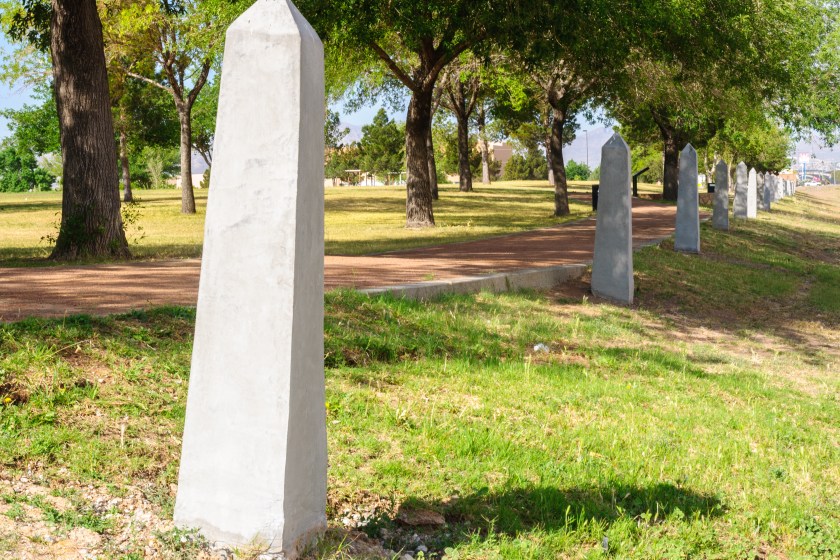
Getty Images, zrfphoto
This park in El Paso is a reminder of the harmonious settlement of a 100-year boundary dispute between Texas and Mexico. The monument is a touching testament to cooperation and finding an amicable solution to problems.
El Camino Real de los Tejas Historical Trail
El Camino Real de los Tejas celebrates both Texas and Louisiana as it shares a border and pleases folks from every direction. This is a great place to come to learn about the growth of cattle ranching during its Mexican period and the movement towards eventual Texan independence and statehood. The El Camino Real de los Tejas National Historic Trail is a national historic trail covering the U.S. section of El Camino Real de Los Tejas, a thoroughfare from the 18th-century Spanish colonial era in Spanish Texas, instrumental in the settlement, development, and history of Texas. The National Park Service designated El Camino Real de los Tejas National Historic Trail as a unit in the National Trails System in 2004.
El Camino Real de Tierra Adentro Historical Trail
Another trail on the list, the El Camino Real de Tierra Adentro Historical Trail is a great place to visit to walk and learn about history. This historical trail occupies the opposite border between Texas and New Mexico. In this location, hundreds of years of conflict along shared borders were resolved using cooperation, cultural exchange, and a simple understanding of the mutual needs of many different peoples.
Fort Davis National Historic Site
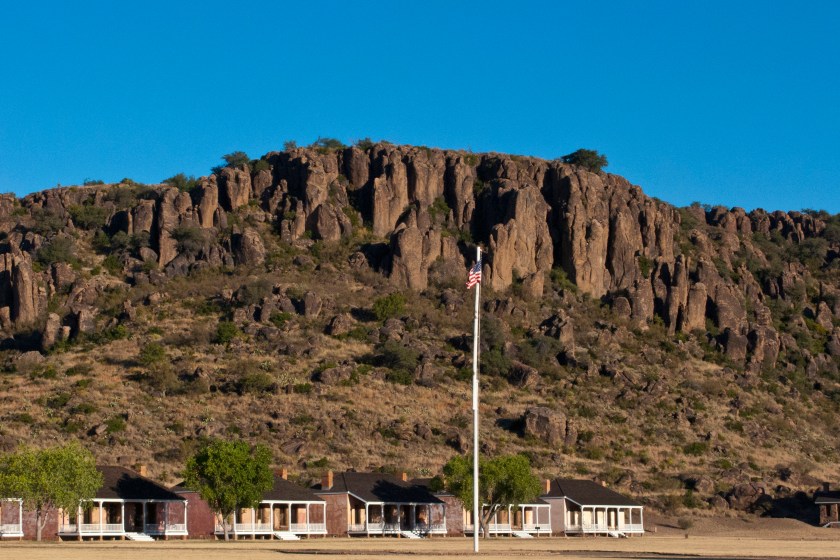
Getty Images, Education Images / Contributor
Fort Davis, Texas, is the backdrop for this site that is one of the best-surviving examples of an Indian Wars' frontier military post in the entire Southwest region. Strategically located on the Chihuahua Trail, Fort Davis was a hub for the mail coaches and freight wagons that kept the frontier open for those who wanted to begin a better life.
Lake Meredith National Recreation Area
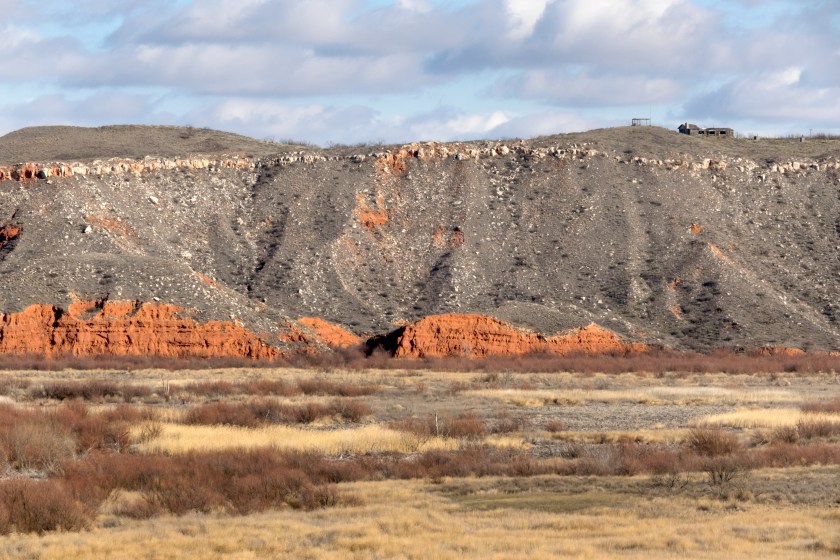
Getty Images, milehightraveler
Also located in Fritch, Lake Meredith is replete with water-based opportunities for travelers who would not only like to see where ancient humans lived and hunted but do it from the water. This beautiful lake system has many hidden coves and is a haven for migratory birds and other wildlife that come to rest on their journey both north and south.
Lyndon B. Johnson National Historical Park
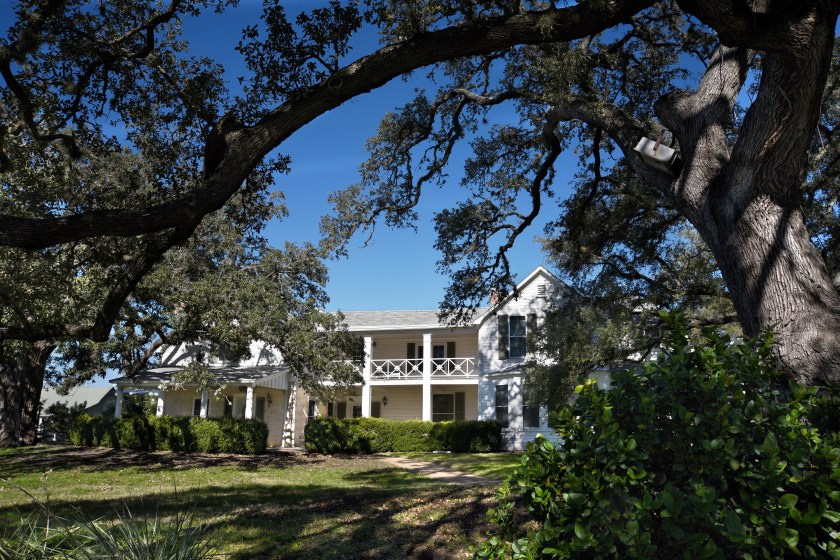
Getty Images, Robert Alexander / Contributor
Named after one of Texas' most famous citizens, the Lyndon B. Johnson Park in Johnson City celebrates the life and times of the 36th President in a picturesque setting. LBJ was a teacher before his presidency, and his educational legacy is preserved in rich historical, cultural, and natural resources.
Padre Island National Seashore
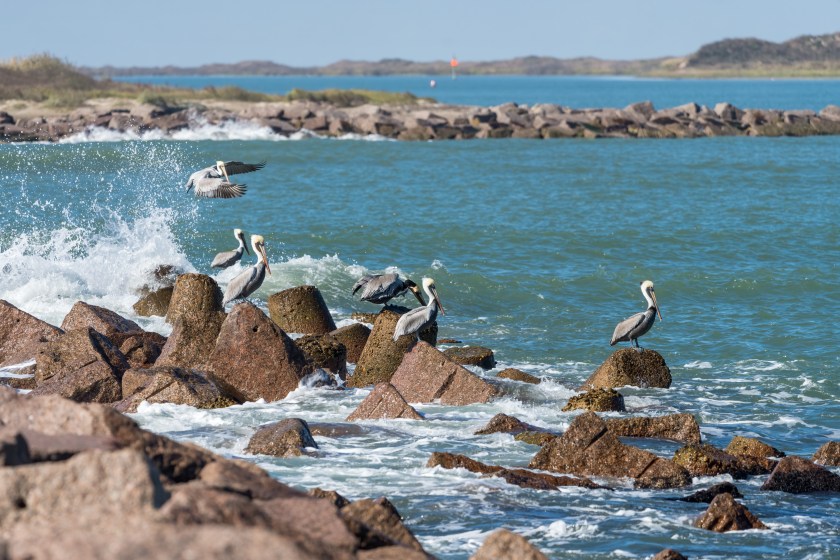
Getty Images, VW Pics / Contributor
The name alone is synonymous with outdoor recreation and fun, but the fact remains that Padre Island near Corpus Christi provides protection for some 70 miles of coastline, dunes, prairies, and wind-tidal flats teeming with wildlife. It is also home to the Laguna Madre - one of the world's rare hypersaline lagoons. This area is well known for being one of the last remaining sanctuaries for the Kemp's Ridley sea turtle. Paddling this national treasure will reward you with an incredible experience.
Palo Alto Battlefield
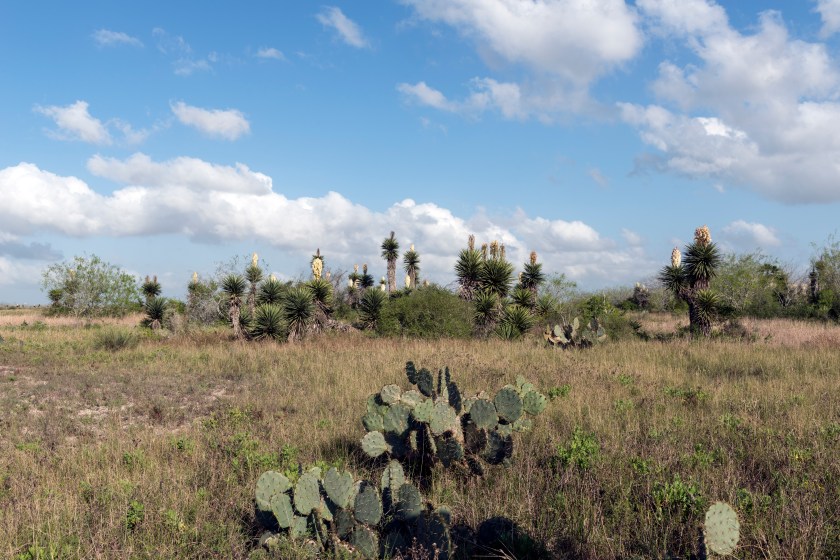
Getty Images, Buyenlarge / Contributor
The Palo Alto Battlefield National Historical Park in Brownsville, Texas marks another in a long line of battles between the budding United States and Mexico, but it is meant more to preserve the site of this notable battle and provide an understanding of why it happened.
Rio Grande Wild and Scenic River Area
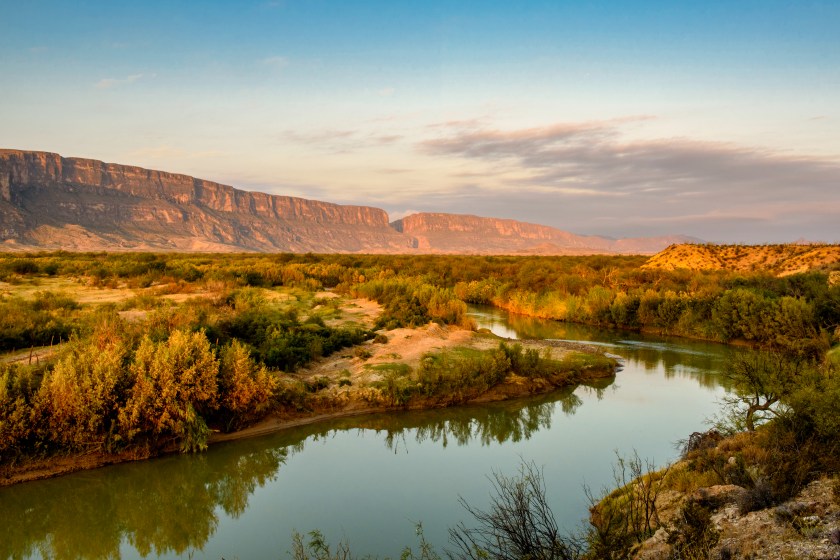
Getty Images, Tim Speer
The southwest Texas Rio Grande river system beautifully winds its way through stunning desert expanses and canyons of stratified rock that can be seen by anyone willing to take to the waters and relax. It is said to be the ultimate in solitude and reflection for those who choose to visit it.
San Antonio Missions
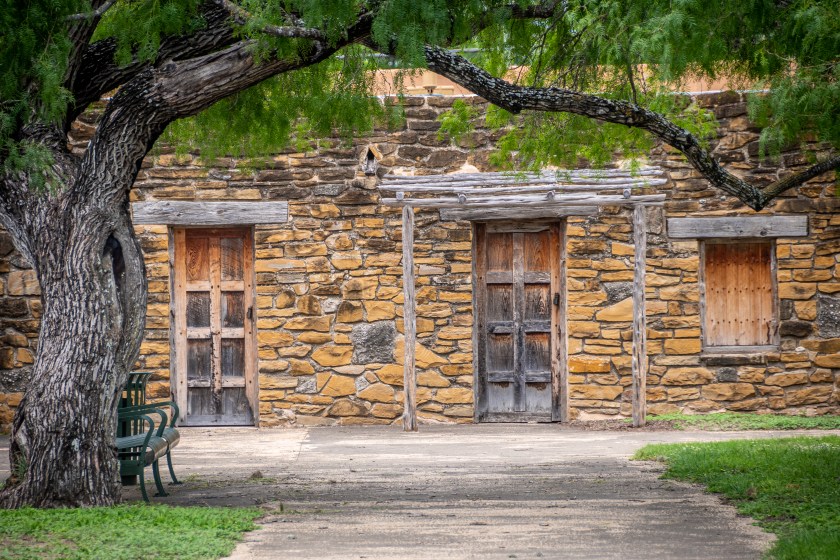
Getty Images, VW Pics / Contributor
The San Antonio Missions National Historical Park is located in the beautiful city of San Antonio. It's a place where visitors can see and hear all about the famous conflict, but more importantly, come to understand why early humans settled there for not only its beauty but for its reliable sense of community for all. It is the only UNESCO World Heritage Site in Texas.
Waco Mammoth National Monument
This Waco, Texas, monument site documents the history of the hunt for the wooly mammoth. It is a stark reminder of the difficulties of survival for early humans in the Southwest. As the National Park Service tells us, "Today, the fossil specimens represent the nation's first and only recorded evidence of a nursery herd of ice-age Columbian mammoths."
READ MORE: How to Identify the Most Venomous Snakes in Texas
